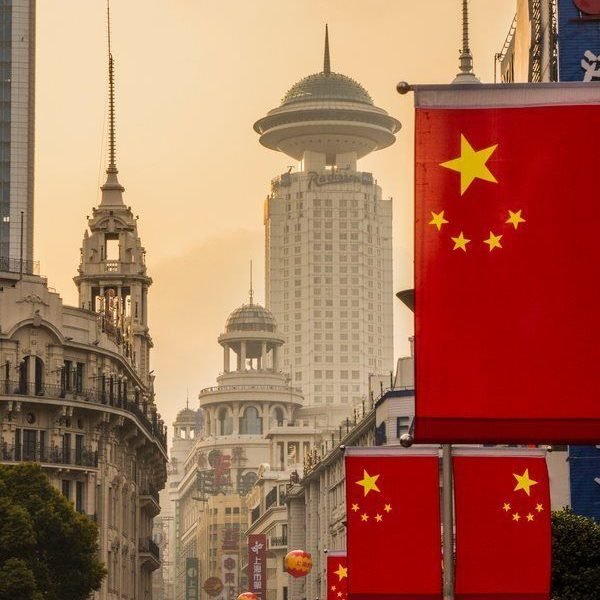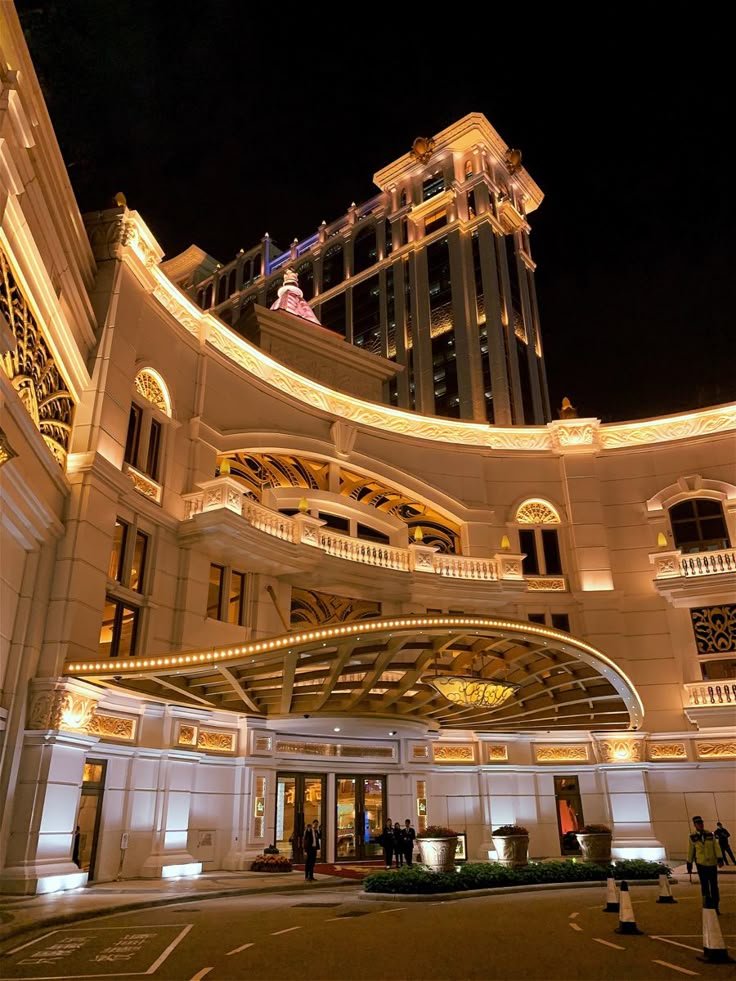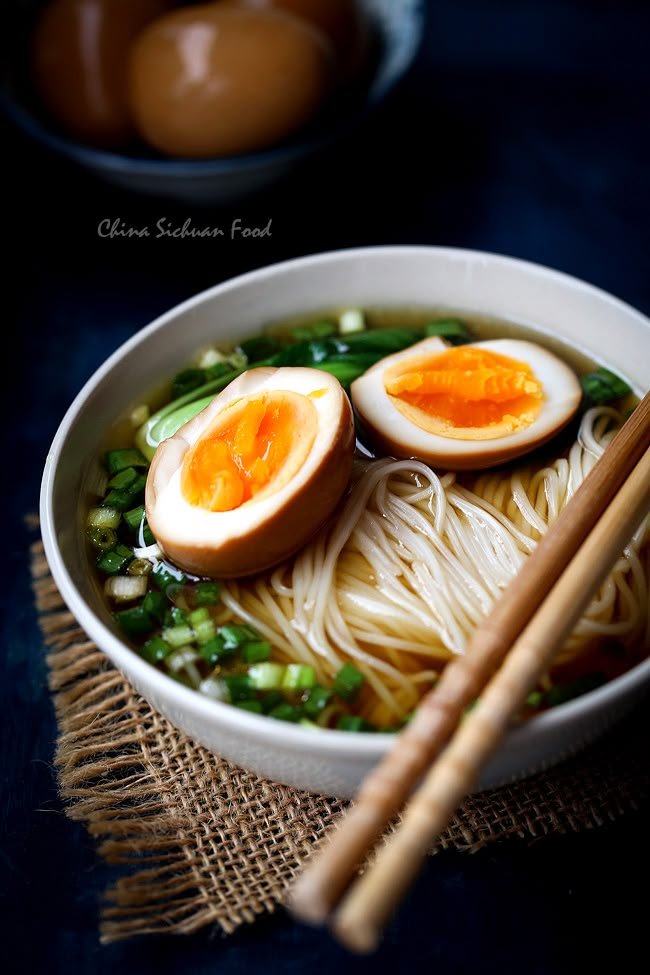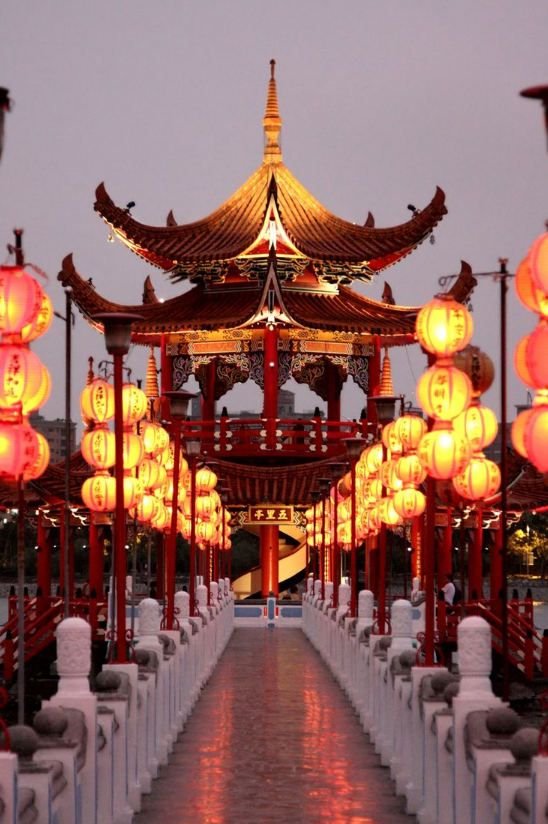China
Welcome to China
Spanning 22 provinces and 5 autonomous regions, China is the world’s fourth-largest country by area, offering a remarkable variety of experiences. Whether you want to explore bustling megacities, ancient towns, or breathtaking natural wonders, China’s rich cultural heritage and rapid modernization provide a unique backdrop for every traveler. Key cities like Beijing, Shanghai, Xi’an, and Chengdu showcase the country’s historical depth and contemporary dynamism, while regions such as Guilin, Zhangjiajie, and the Yellow Mountains offer stunning natural scenery.
1.
A Journey Through Time and Culture: China is home to some of the world’s most famous historical sites, including the Forbidden City, the Great Wall, and the Terracotta Warriors. Visiting these landmarks offers a deep dive into over 2,000 years of Chinese civilization and culture.

2.
Diverse Landscapes and Cuisine: Beyond history, China’s landscapes range from the Karst mountains and rice terraces to vast deserts and pristine lakes. The country’s culinary scene is equally diverse, featuring regional specialties such as Peking duck, dim sum, and Sichuan spicy dishes, making every meal an adventure.

Planning Your Trip
Visa Information
Most travelers to China require a visa, which must be obtained before arrival through a Chinese embassy or consulate. However, there are some exceptions:
- Citizens of certain countries can enter China visa-free for short stays (typically up to 30 days). Additionally, China offers a 240-hour visa-free transit policy in some cities and a 30-day visa-free policy for Hainan Island.
- For travelers from Australia, a visa is generally required unless you qualify under specific visa-free transit arrangements. It is advisable to check the latest visa policies before planning your trip.
Best Time to Visit
China’s vast size means the climate varies widely:
- Spring (April to May) and Autumn (September to October) are generally the best times to visit. These seasons offer comfortable temperatures and clear skies, ideal for sightseeing and outdoor activities.
- Summer (June to August) can be hot and humid, especially in southern China, but it is also the time for many festivals and lush landscapes.
- Winter (December to February) is cold in northern China but offers unique experiences like visiting Harbin’s Ice Festival or enjoying hot springs in the south.
Getting To and Around
Getting to and Around China
- Arrival: Major international airports such as Beijing Capital International Airport, Shanghai Pudong International Airport, and Guangzhou Baiyun International Airport serve as primary gateways.
- Domestic Travel: China’s extensive high-speed rail network connects major cities efficiently and comfortably, often preferred over domestic flights for distances under 1,000 kilometers. For longer distances, flights are common and affordable.
- Local Transport: Within cities, metros, buses, and taxis are widely available. Ride-hailing apps like Didi are popular and convenient. For rural or less accessible areas, private cars or guided tours may be necessary.

Accommodation
China offers an extensive range of accommodation options that cater to every type of traveler, from luxury seekers to budget-conscious tourists and international students. Whether you prefer a lavish hotel in the heart of a bustling city, a cozy guesthouse in a historic town, or a practical dormitory while studying, China’s lodging options are diverse and plentiful.
Accommodation Options
Hotels and Luxury Stays
For travelers seeking comfort and high-end amenities, China boasts numerous luxury hotels in major cities like Beijing, Shanghai, Guangzhou, and Chengdu. These hotels often feature elegant rooms, fine dining, fitness centers, and convenient locations near top attractions. For example, the Grand Central Hotel Shanghai is renowned for its excellent service and prime location, making it a perfect base for exploring the city’s highlights. Similarly, international chains and boutique hotels provide upscale accommodations with modern conveniences, ensuring a relaxing stay after a day of sightseeing.
Budget and Mid-Range Options
Travelers on a budget will find many affordable hotels and hostels across China. Chains like Jinjiang Inn Select offer clean, comfortable rooms in central locations at reasonable prices, ideal for those who want to stay close to the action without overspending. Hostels and guesthouses are also popular, especially in tourist hotspots and smaller cities, providing a social atmosphere and a chance to meet fellow travelers. Capsule hotels have gained popularity in urban areas and near airports, offering compact, efficient lodging with modern facilities such as free Wi-Fi and 24/7 front desk service.
Unique and Boutique Accommodations
For a more authentic experience, boutique hotels and traditional guesthouses are available, especially in culturally rich areas like Lijiang, Xiamen, and Zhangjiajie. These accommodations often occupy historic buildings or scenic locations, blending local architecture and hospitality with modern comforts. Staying in such places allows visitors to immerse themselves in local culture and enjoy personalized service.
Student Accommodation
International students in China benefit from a variety of housing options. Most universities provide on-campus dormitories equipped with basic amenities like air conditioning, internet access, and communal kitchens. These dorms can be single or shared rooms, offering affordable and convenient living close to campus. For those preferring off-campus living, private apartments and shared flats are available through platforms like Ziroom and Dorms.com, which offer services including cleaning and maintenance. Students should expect cultural differences in communal living and plan accordingly.

Food and Drink
Chinese cuisine is as vast and varied as the country itself, reflecting its diverse regions, cultures, and history. Food is central to the Chinese travel experience, offering everything from street snacks to gourmet meals.
Regional Cuisines
China’s culinary landscape is divided into several major regional styles, each with distinct flavors and specialties:
- Cantonese (Guangdong): Famous for dim sum, seafood, and mild, fresh flavors. Cities like Guangzhou and Hong Kong are perfect for sampling these dishes.
- Sichuan: Known for bold, spicy, and numbing flavors thanks to Sichuan peppercorns. Chengdu is the hub for fiery hotpots and mouth-tingling dishes.
- Shandong: Characterized by fresh seafood and hearty soups, with a focus on salty and crispy textures.
- Jiangsu: Elegant and slightly sweet dishes, often featuring freshwater fish and delicate sauces.
- Hunan: Similar to Sichuan but even spicier, with an emphasis on smoked and cured ingredients.
- Beijing: Famous for Peking duck, a must-try dish featuring crispy skin and tender meat served with pancakes and hoisin sauce.
Street Food and Snacks
Street food is ubiquitous and offers a fantastic way to taste authentic local flavors at low prices. Popular snacks include jianbing (savory crepes), baozi (steamed buns), skewers of grilled meat, and various dumplings. Night markets in cities like Xi’an and Chengdu are lively hubs where travelers can sample a wide variety of dishes.
Dining Etiquette and Tips
Chinese dining often involves sharing dishes family-style, so ordering several plates to share is common. Using chopsticks is standard, and it’s polite to try a bit of everything offered. Tea is the traditional drink served with meals, but soft drinks, beer, and increasingly wine are also popular.
Drinks and Beverages
Tea culture is deeply ingrained in China, with green tea, jasmine tea, oolong, and pu-erh among the favorites. Many restaurants and tea houses offer traditional tea ceremonies. For those who enjoy alcoholic beverages, baijiu (a strong distilled spirit) is the national drink, though its potent flavor is an acquired taste. Beer is widely consumed, with local brands available everywhere.

Must-See Attractions
- The Great Wall of China (Mutianyu Section)
The Great Wall remains the quintessential symbol of China’s ancient heritage. The Mutianyu section is especially popular for its well-preserved watchtowers, fewer crowds compared to Badaling, and stunning mountain vistas. Stretching over 21,000 kilometers, the Great Wall offers a breathtaking glimpse into China’s historical defense system and architectural ingenuity. Visitors can hike, take a cable car, or even ride a toboggan down, making it accessible and fun for all ages. - The Forbidden City, Beijing
The Forbidden City is the largest ancient palace complex in the world and a UNESCO World Heritage site. With nearly 10,000 rooms, this imperial palace served as the home of Chinese emperors for over 600 years. In 2025, newly opened areas allow visitors to explore previously restricted sections, including the Empress Dowager’s living quarters and a western-style treasure house filled with cultural relics. The intricate architecture, grand halls, and beautiful gardens provide a deep dive into China’s imperial past. - Zhangjiajie National Forest Park
Famous for its surreal sandstone pillars that inspired the floating mountains in the movie Avatar, Zhangjiajie is a natural wonder. The park features over 3,100 towering quartzite pillars shrouded in mist, lush forests, and idyllic streams. Attractions include the world’s tallest Bailong Elevator and the glass skywalks offering vertigo-inducing views. Visiting in spring or autumn provides the best weather for hiking and photography. - The Terracotta Army, Xi’an
Discovered in 1974, the Terracotta Army is one of the most remarkable archaeological finds in the world. Thousands of life-sized clay soldiers, horses, and chariots were buried with China’s first emperor, Qin Shi Huang, to protect him in the afterlife. Each figure is uniquely detailed, showcasing ancient craftsmanship. The site offers a powerful connection to China’s ancient history and is a must-visit for archaeology enthusiasts. - The Bund, Shanghai
The Bund is Shanghai’s iconic waterfront promenade that beautifully contrasts colonial-era architecture with the futuristic skyline of Pudong. Especially magical at night when skyscrapers light up, the Bund is perfect for leisurely walks, photography, and enjoying cafes or bars with views over the Huangpu River. It represents the dynamic blend of East and West that defines modern Shanghai. - Potala Palace, Lhasa, Tibet
The Potala Palace is a sacred site and architectural masterpiece perched on a hill in Lhasa. It was the winter residence of the Dalai Lama and is a symbol of Tibetan Buddhism. The palace’s intricate murals, sculptures, and spiritual atmosphere offer a profound cultural experience. Visiting Tibet requires special permits, but the journey is deeply rewarding for those interested in spirituality and unique landscapes. - West Lake, Hangzhou
West Lake is celebrated for its romantic scenery, featuring willow-lined walkways, pagodas, stone bridges, and tranquil waters. The lake area is perfect for cycling or boat rides, and nearby attractions include ancient temples and tea plantations. Hangzhou’s reputation for green tea and peaceful ambiance makes it a favorite retreat from bustling cities. - Yellow Mountains (Huangshan), Anhui Province
Known for its mystical granite peaks, hot springs, and “sea of clouds,” Huangshan is a UNESCO World Heritage site beloved by artists and hikers. Visitors can explore via hiking trails or cable cars, enjoying panoramic views and ancient pine trees. The mountain’s natural beauty has inspired Chinese art and poetry for centuries. - Chengdu Research Base of Giant Panda Breeding
This conservation center in Chengdu offers visitors a chance to see giant pandas up close and learn about efforts to protect these national treasures. The base is family-friendly and provides educational exhibits alongside opportunities to observe panda behavior in naturalistic habitats.
10. Victoria Peak, Hong Kong
Victoria Peak offers spectacular panoramic views of Hong Kong’s skyline and Victoria Harbour. Accessible by a historic tram, the peak also features scenic walking trails, shopping, and dining options. It’s a must-visit for those wanting to experience Hong Kong’s urban vibrancy from above.

Must-Do Activities
- Hike the Great Wall
Walking along the Great Wall, especially at the Mutianyu or Jinshanling sections, is an unforgettable experience. The hike offers stunning views and a sense of walking through history. For a unique twist, try the toboggan ride down or explore less crowded sections for a more adventurous trek. - Explore the Forbidden City with a Guided Tour
A guided tour enriches your visit to the Forbidden City by revealing fascinating stories about emperors, concubines, and ancient rituals. Newly opened areas and the city wall offer fresh perspectives and photographic opportunities. - Ride the New High-Speed Bullet Train Between Xi’an and Chengdu
In 2025, the high-speed rail linking Xi’an and Chengdu runs at speeds up to 300 km/h, providing a scenic and efficient alternative to flying. This route connects two cultural highlights—the Terracotta Army and the giant pandas—making it a perfect travel experience combining history and wildlife. - Cruise the Li River to Yangshuo
The Li River cruise from Guilin to Yangshuo showcases some of China’s most iconic karst landscapes. The journey passes dramatic limestone peaks, serene waters, and traditional villages. Yangshuo itself is a charming town ideal for cycling, rock climbing, and enjoying rural life. - Experience Panda Volunteering in Chengdu
For animal lovers, joining a panda volunteering program provides a hands-on experience helping care for these endangered animals. It’s a unique way to contribute to conservation while learning about panda biology and behavior. - Visit Night Markets and Sample Street Food
China’s night markets in cities like Xi’an, Chengdu, and Shanghai offer vibrant atmospheres filled with delicious street food, local crafts, and entertainment. Trying jianbing (savory crepes), dumplings, spicy skewers, and regional specialties is a must for any foodie. - Walk Along the Bund at Night
The Bund’s illuminated skyline is a spectacular sight after dark. Strolling along the riverbank while admiring the blend of historic and modern architecture is a quintessential Shanghai experience. - Explore Tibetan Monasteries and Spiritual Sites
In Tibet, visiting monasteries like Jokhang Temple and experiencing local festivals offers deep insight into Tibetan Buddhism and culture. The spiritual ambiance and stunning Himalayan backdrop make this a transformative journey. - Cycle Around West Lake, Hangzhou
Renting a bike to explore the scenic trails around West Lake allows you to fully appreciate its poetic beauty. Stop at tea houses, pagodas, and gardens for a leisurely day immersed in nature and culture. - Hike and Photograph the Yellow Mountains
Early morning hikes to catch the sunrise or the sea of clouds over Huangshan are unforgettable. The mountain’s unique rock formations and ancient pines provide endless inspiration for photographers and nature lovers.

Travel Tips
Traveling to China in 2025 offers an incredible opportunity to explore a country rich in history, culture, and natural beauty. However, to ensure a smooth and enjoyable trip, it’s essential to be well-prepared with practical travel tips, understand local customs, and learn some basic language skills. This guide provides detailed, expert advice on safety, cultural etiquette, and communication essentials for your journey.
Safety Advice
- Exercise Increased Caution
China remains generally safe for tourists, with friendly and honest locals, but the U.S. Department of State currently advises exercising increased caution due to the arbitrary enforcement of local laws, including exit bans and heightened surveillance. This is particularly relevant for dual nationals and those with Chinese heritage, as consular assistance may be limited or unavailable in certain cases. Staying informed about current political and legal developments is crucial to avoid unexpected complications. - Health Precautions
Health risks in China are mostly related to common travel issues such as food hygiene, air pollution, and altitude sickness in highland areas like Tibet. It’s advisable to:
- Drink only bottled or boiled water.
- Eat at well-established restaurants to avoid foodborne illnesses.
- Carry any personal medications and basic first aid supplies.
- Monitor air quality indexes, especially if you have respiratory conditions, and use protective masks during high pollution days.
- Be aware of altitude sickness symptoms if visiting places above 2,500 meters.
- Road and Transport Safety
Road conditions and driving behaviors vary widely. Pedestrians should be cautious when crossing streets, as drivers may not always yield. To minimize risks:
- Use reputable taxis or ride-hailing apps rather than unlicensed “black taxis.”
- Negotiate fares upfront or insist on the meter.
- Avoid sharing taxis with strangers.
- Always ask for a receipt (“fapiao”) to avoid disputes.
- When using trains, present your passport to purchase tickets and board.
- Exercise caution with marine transport; avoid overloaded or unsafe ferries.
- Protect Your Belongings
Pickpocketing and petty theft can occur in crowded places such as markets, tourist sites, and public transport. Keep valuables secure, use money belts or hidden pouches, and remain vigilant, especially in busy urban areas. - Travel Insurance and Emergency Contacts
Purchase comprehensive travel insurance covering health, accidents, and activities you plan to undertake. Familiarize yourself with the locations of your country’s embassy or consulate in China and keep emergency contact numbers handy. - Internet and Communication
China restricts access to many international websites and apps like Google, Facebook, WhatsApp, and YouTube. To stay connected:
- Download a reliable VPN before arrival.
- Use popular Chinese apps such as WeChat for messaging and payments.
- Download translation apps to help with communication.
Local Customs
- Respect for Tradition and Authority
Chinese culture values respect for elders, social harmony, and modesty. When interacting with locals:
- Greet with a slight nod or handshake.
- Avoid public displays of anger or confrontation.
- Be polite and patient, especially in crowded or busy places.
- Refrain from discussing sensitive political topics, especially regarding Tibet, Xinjiang, Taiwan, or government policies.
- Tipping Culture
Tipping is generally not practiced in China and may even cause confusion. Some high-end hotels and restaurants may accept tips, but it is not expected. Instead, express gratitude verbally or with a small gift if appropriate. - Dining Etiquette
Meals are usually shared family-style. When dining:
- Use chopsticks properly; avoid sticking them upright in rice, as this resembles incense used in funerals.
- Try a bit of every dish offered as a sign of respect.
- It is polite to leave a small amount of food on your plate to show you are satisfied.
- Toasting is common; raise your glass slightly lower than the host’s and say “Ganbei” (cheers).
- Dress and Behavior
Dress modestly and comfortably, especially when visiting religious or rural sites. Avoid loud behavior, littering, or smoking in non-designated areas. - Squat Toilets and Hygiene
In some rural or older public places, squat toilets are common. Carry tissues or hand sanitizer, as toilet paper may not always be provided.
Language Basics
While Mandarin Chinese is the official language, many regional dialects exist. English is spoken in major tourist areas but less so in smaller towns. Learning some basic Mandarin phrases can greatly enhance your experience and interactions.
Essential Mandarin Phrases:
- Hello: Nǐ hǎo (nee how)
- Thank you: Xièxiè (shyeah shyeah)
- Please: Qǐng (ching)
- Yes: Shì (shir)
- No: Bù (boo)
- Excuse me / Sorry: Duìbuqǐ (dway boo chee)
- How much? Duōshǎo qián? (dwoh shao chyen)
- Where is…? … zài nǎlǐ? (zai nah-lee)
- Bathroom: Cèsuǒ (tsuh-swor)
- Help!: Jiùmìng! (jyoh ming)
Tips for Communication:
- Carry a phrasebook or translation app.
- Have your hotel address and key destinations written in Chinese characters to show taxi drivers.
- Use gestures and smiles to bridge language gaps.
- Be patient and polite when asking for help.
Final Thoughts
Additional Practical Tips
- Prepare travel documents: Ensure your passport is valid for at least six months beyond your departure date and obtain the appropriate visa or check if you qualify for visa-free entry or transit.
- Mobile payments: Apps like Alipay and WeChat Pay dominate daily transactions. Register an account if possible, or carry cash and credit cards.
- Plan ahead: Book tickets for popular attractions and transportation 2-3 months in advance, especially during peak seasons.
- Weather: Pack for diverse climates, as China’s weather varies greatly by region and season.
- Be adventurous: Try local cuisine but start cautiously if you have a sensitive stomach.
- Crowds: Major tourist sites can be very busy; visit early in the day or during weekdays to avoid crowds.
Traveling in China in 2025 requires a blend of preparation, cultural sensitivity, and awareness of safety concerns. By following these safety tips, respecting local customs, and learning basic Mandarin phrases, you will navigate the country with confidence and enjoy a rich, immersive experience. Stay informed about travel advisories, keep your belongings secure, and embrace the adventure of discovering one of the world’s most fascinating destinations.

